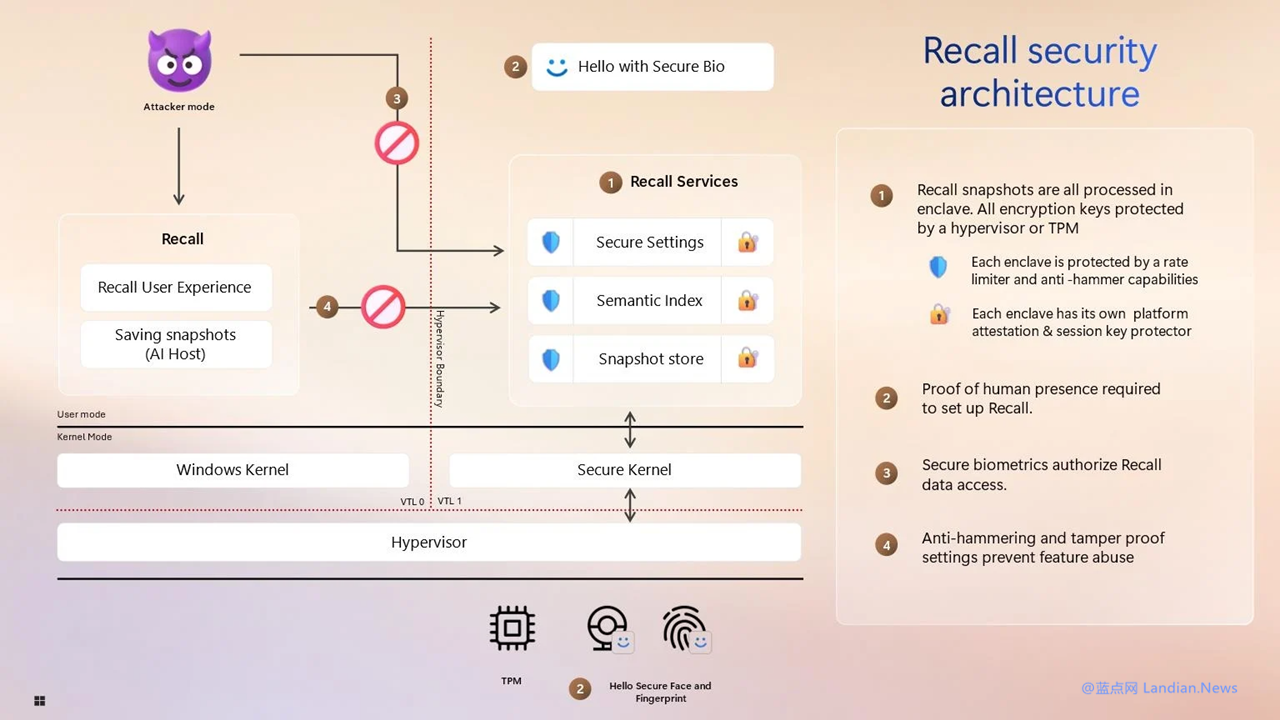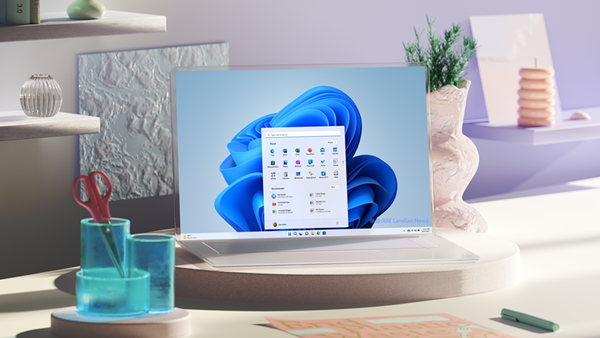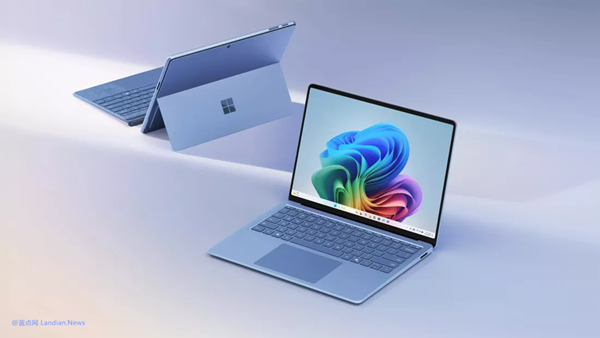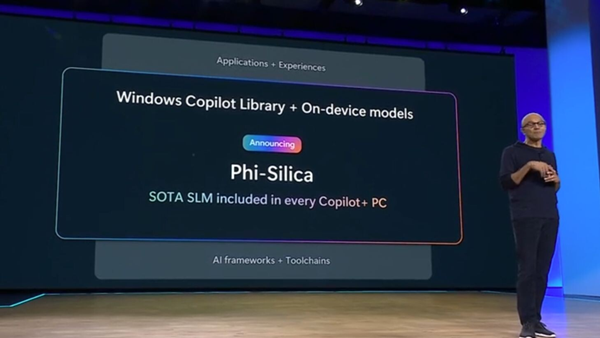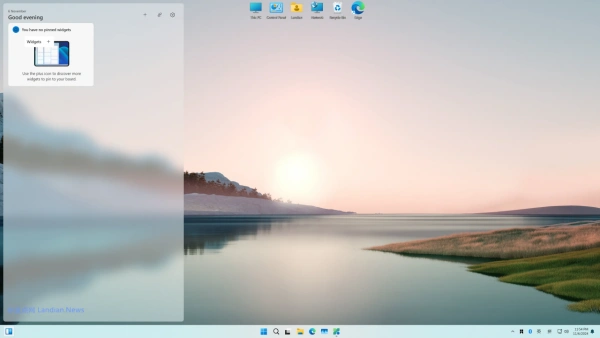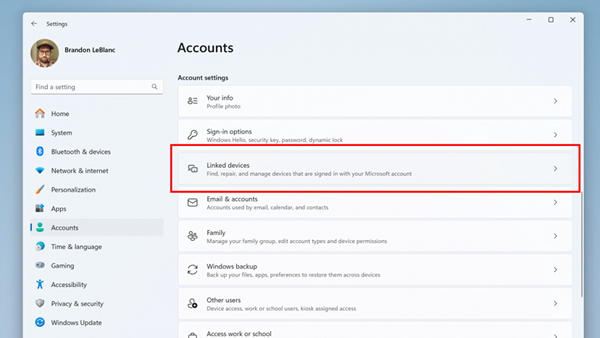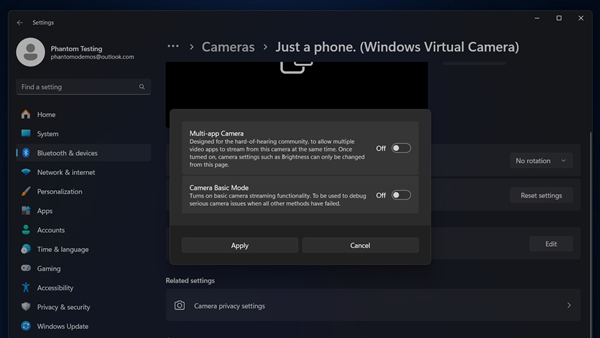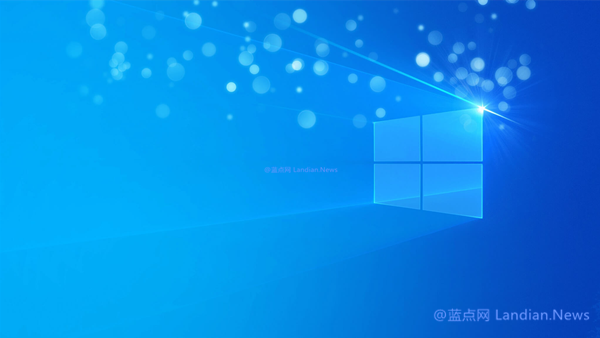Microsoft Once Again Delays the Launch of Windows Recall, Citing the Need for Further Refinement
Microsoft has announced another delay in the release of its much-anticipated Windows Recall feature, which deeply integrates artificial intelligence technology into the operating system. Designed to take snapshots of a user's screen every few minutes, Windows Recall analyzes the screen content and generates data to help users quickly find relevant content in the future.
This feature, requiring significant computational power, is currently only supported on devices equipped with Qualcomm and Intel processors that include a Neural Processing Unit (NPU), marking it as a key component of the Microsoft Copilot+PC initiative.
However, due to potential security concerns, Microsoft has postponed the release of Windows Recall multiple times. The company has now stated it will delay the feature's launch to December 2024 to ensure a safe and reliable experience.
In a blog post, Microsoft shared:
"We are committed to delivering a secure and reliable experience through Windows Recall. To ensure we can offer these important updates, we will take more time to refine the experience before making it available for preview to Windows Insider users.
Originally scheduled for an October 2024 release—a timeline that had already been pushed back—Windows Recall is now slated for a December 2024 preview on Microsoft Copilot+PC."
The delay comes in the wake of security researchers revealing that the databases organized by Windows Recall could be easily decrypted and stolen. Over the past few months, Microsoft has been exploring various ways to encrypt this data, ensuring it can only be decrypted after Windows Hello authentication.
Addressing potential security and privacy concerns—which have already stirred fear, uncertainty, and doubt—Microsoft has agreed to allow users to completely disable or even uninstall the Windows Recall feature, a departure from its initial default-enabled stance. Now, by default, the feature is disabled, requiring users to opt-in if they wish to use it.
Whether Microsoft has successfully addressed these security issues remains to be seen. Security researchers will need to verify the feature's safety upon release, ensuring that data cannot be easily decrypted or stolen, to avoid compromising user privacy.
